If you grew up in California as I did, you studied the California Missions. Every 4th grader does a mission project. I remember doing mine when I was a kid and I helped my son and daughter do theirs. We’ve visited several California missions over the years. One of my favorites has always been Mission San Juan Capistrano.
Find things to do and where to stay near San Juan Capistrano, here.
When the Swallows Come Back to Capistrano – Swallows Day is in March but the swallows don’t always return on queue. Still, it is a special day in SJC.
Read more about the swallows here
About the Mission
Mission San Juan Capistrano was founded in 1776. It was the birthplace of the OC (Orange County) because it was the area’s first settlement. The missions were built by Spanish priests in an effort to convert the Native Acjachemen Indians to their religion and teach them the Spanish language. The missionaries called them “Juaneño” to distinguish them from the native Indians of other missions. Their presence at the missions also helped to prevent other countries from taking over California.
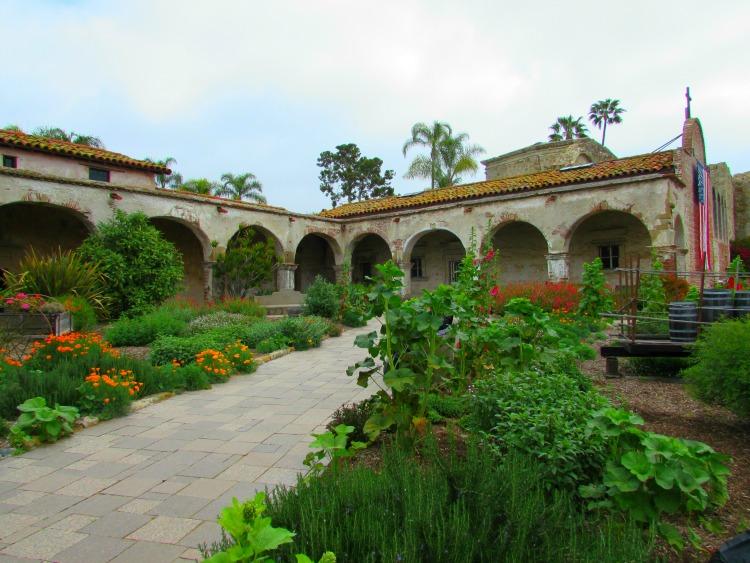
Ships would land at Dana Point Harbor. The missionaries traded cattle, hides, and tallows (for candle-making) with the sailors in exchange for needed goods and created a profitable business.
Mission San Juan Capistrano was one of the first locations where wine was grown and produced in California. Read my post on The history of drinking in Los Angeles.
Serra Chapel was named after Father Junipero Serra. He was the priest who started the first 9 missions in California. It is the oldest chapel in the state.

The chapel was used for services until the construction of The Great Stone Church was completed in 1806.
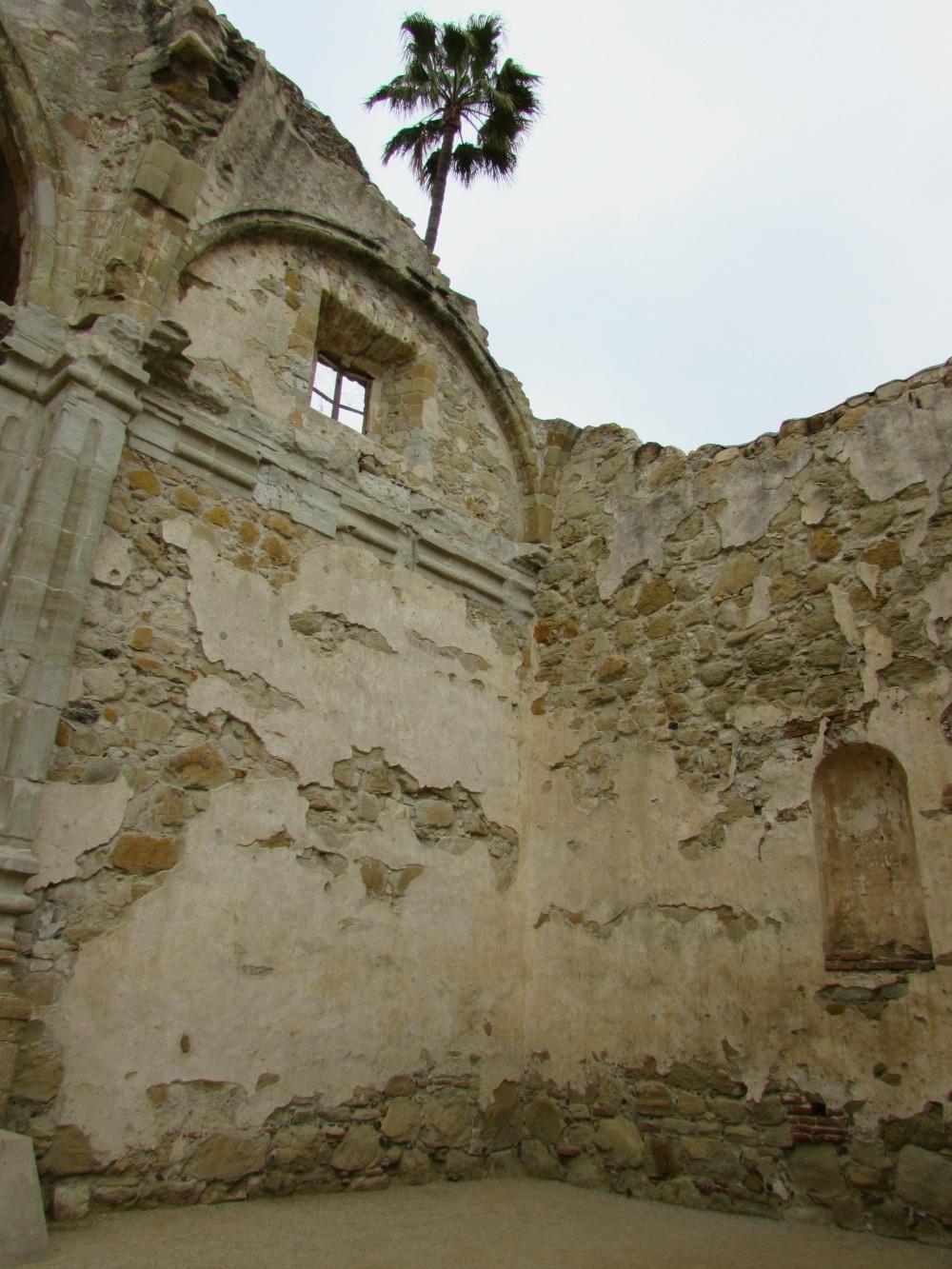
Six years later, in 1812, the new church, built out of limestone, was destroyed by a 7.0 earthquake. Forty worshippers and two boys were buried under the rubble. The remains of the church still stand as well as its magnificent bells. Services resumed in the Serra chapel during the 1920s and are still held there to this day.

The missions thrived until Mexico gained independence from Spain in 1821. They went into decline until the Mexican government began selling them to individuals in the 1830s as private haciendas and they became secularized. The privatization of the missions prevented them from decaying for many decades.
John (Don Juan) Forster bought the San Juan Capistrano Mission in 1844 for $710. (the equivalent of $15,000) He married the sister of one of the former governors of California. They lived in the Friar’s quarters for the next 20 years, with additional families living in other parts of the mission, until President Lincoln signed a proclamation to give the missions back to the church in 1865. Forster also owned land in the area where Mission Viejo and Camp Pendleton are today.
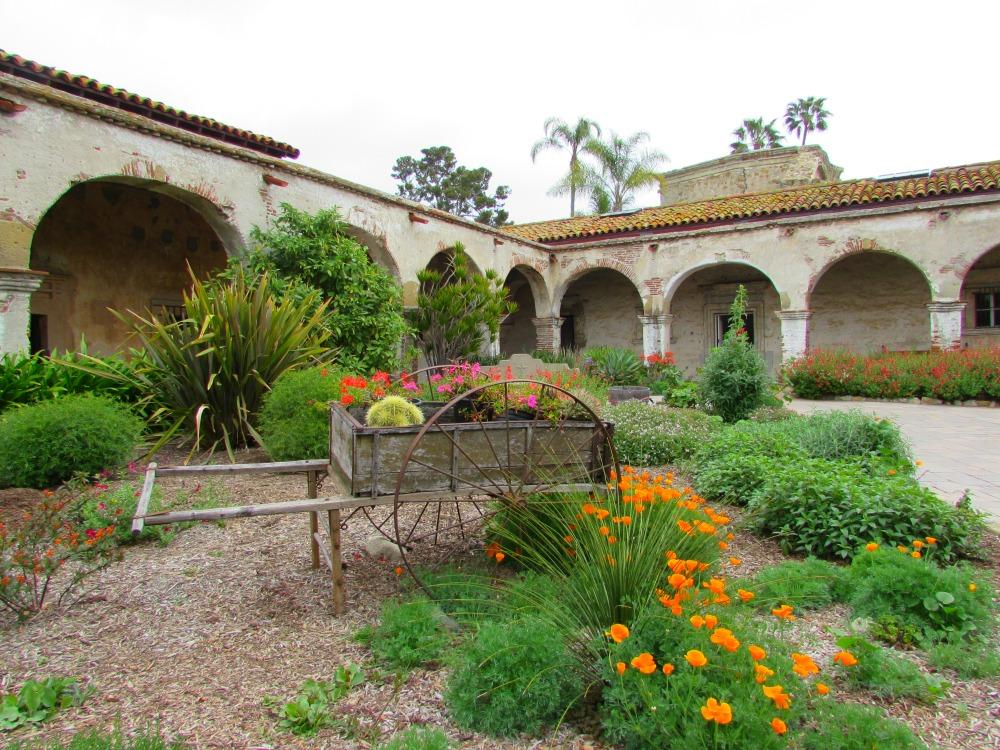
After the church gained back control of the missions they began to decay until the National Park Service and preservationists raised awareness.
Monsignor St. John O’Sullivan, known as The Great Restorer, led an effort in 1910 to revive the San Juan Capistrano Mission to its former glory. The mission was used as the location in the early days of Hollywood for several films including D.W. Griffith’s The Two Brothers. Johnstone McCulley, who created the character of Zorro, made the mission the setting for his novella “The Curse of Capistrano.” It was later made into a movie called The Mark of Zorro.
The mission today hosts concerts, festivals, and church services on the grounds. It’s still a living, breathing part of the San Juan Capistrano community.
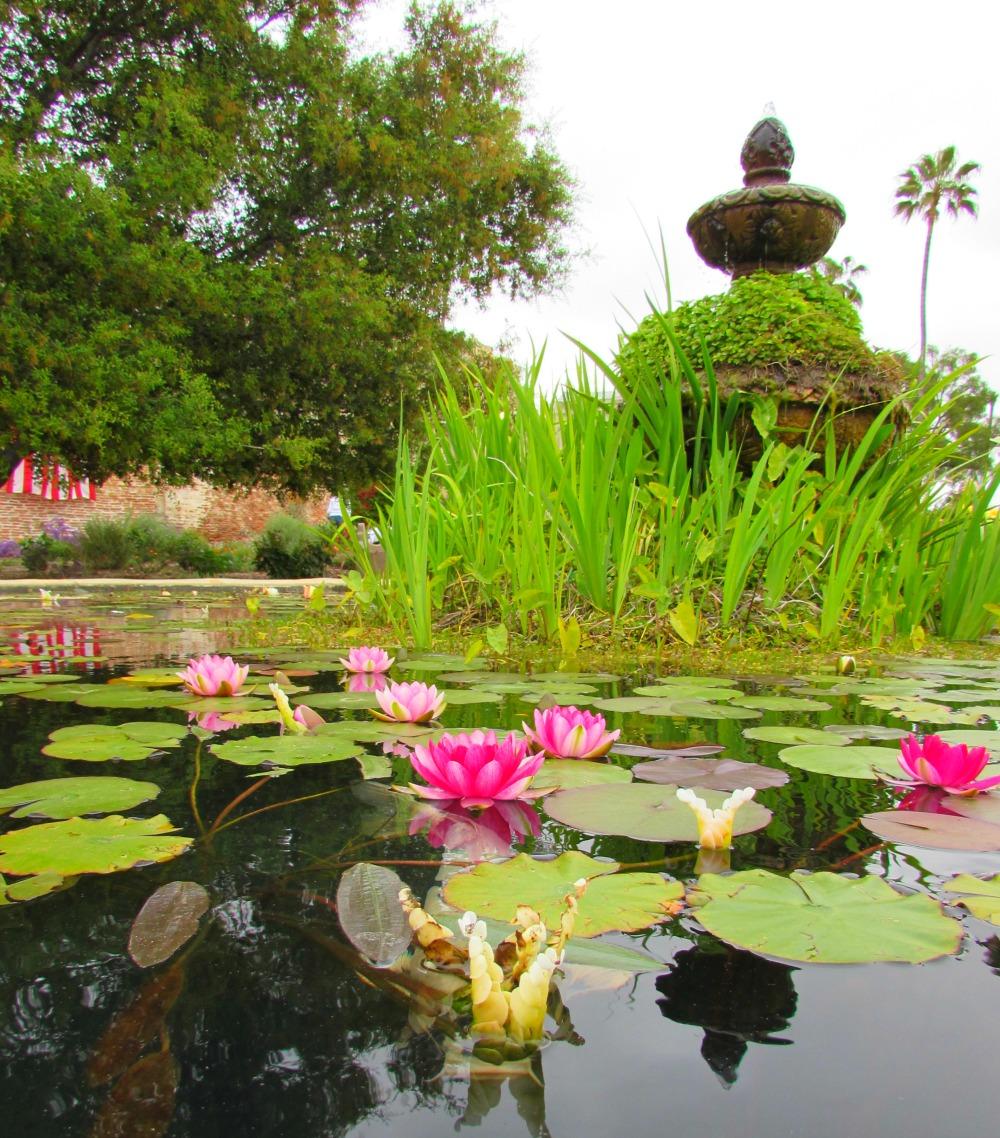
Los Rios Historic District
A block away from Mission San Juan Capistrano is the Los Rios Historic District. It is the oldest residential neighborhood in California. Soldiers and workers who helped construct the mission built houses around it to live in. Only 3 of the original 40 adobes remain today. The Rios Adobe, built in 1794, is the oldest residence on the street still occupied by the same family. The family still has offices there.
Most of the board and batten houses on Los Rios Street were built in the early 1880s by European immigrants. Original families from that time still either live in the neighborhood or converted the buildings into coffee houses, shops, and art galleries.
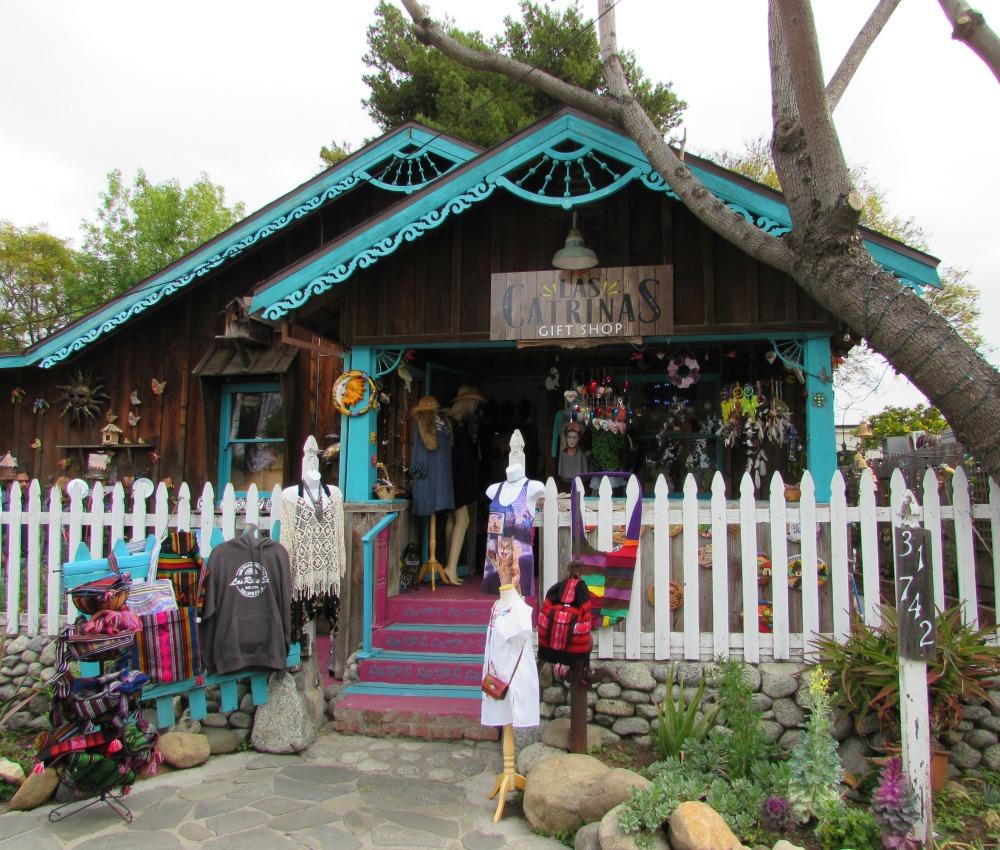
The Amtrak Station stops in the center of the Los Rios Historical District. It’s easy to jump on a train from Los Angeles Unions Station and be in San Juan Capistrano within a couple of hours.
If you’re visiting and looking for a tasty lunch, have a bite at The Ramos House Café which was built in 1881 by one of the district’s oldest families.
The Cottage Gallery on Los Rios Street is located in one of the historic homes. It was built in 1890 by a woman who was 100% Native American. When the census came around, she told them she was only 50% Native American. Her relatives now complain because they can’t claim to be full-blooded Native Americans.
She installed the first bathtub in San Juan Capistrano and rented it out to Caballeros for 10 cents a bath. It gave her enough income to buy more real estate.
A woman named Stanfield, who had 12 children, rented the house from her and lived there for decades. When both women passed away there was an argument about whether it was a rental or rent to own and it remained in probate for 85 years.
The house wasn’t sold again until 1998 and when it did the backroom still had a dirt floor. The Stanfields used an outhouse until the 1960’s when a bathroom was finally constructed. There was a rumor that Ms. Stanfield was a madam but was always well-loved and revered.
The Cottage Gallery has been in operation for several years and displays the work of 40 professional artists. One of the artists is always there and available to talk to shoppers.
I enjoyed lunch and a wine tasting at the Rancho Capistrano Winery. It’s a family-owned winery that offers handcrafted wine, pizza, appetizers, salads, and fabulous desserts.
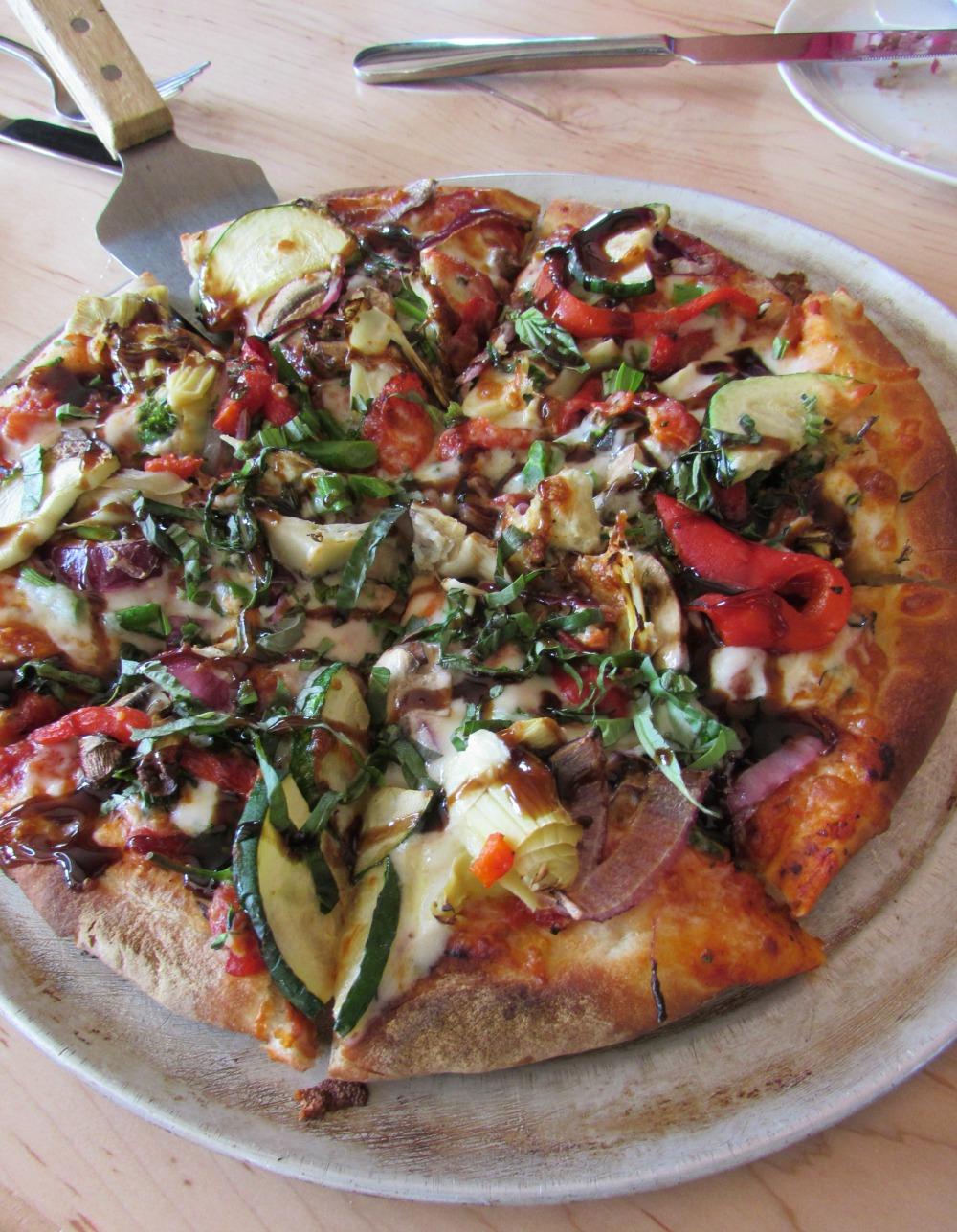
Mmmm. I can’t wait to take the train and go back.
Thank you to Ellen Bell of OC Day Tripper for her lovely tour of Mission San Juan Capistrano.
This article is now featured on https://www.gpsmycity.com To download this article for offline reading or create a self-guided walking tour to visit the attractions highlighted in this article, go to Walking Tours in San Juan Capistrano https://www.gpsmycity.com/gps-tour-guides/san-juan-capistrano-6678.html

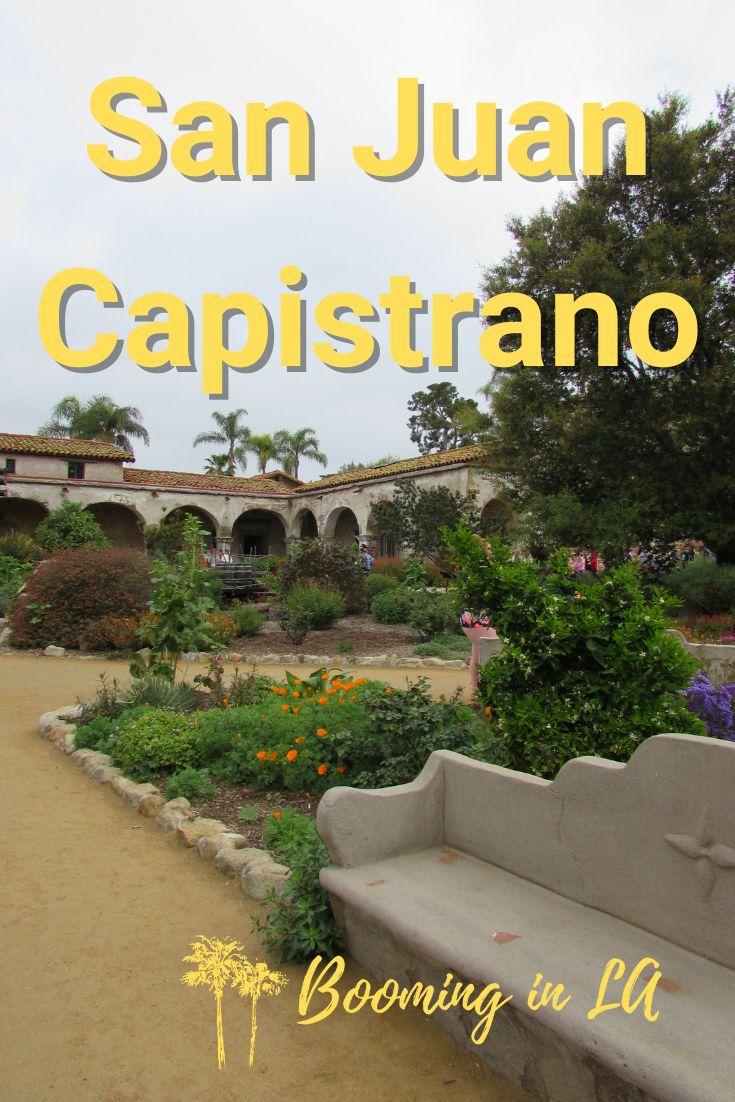

This is another place in Calif. that I haven’t been. I’m glad to have this and will pin it for the future.
It’s a beautiful place Carol and a must see if you’re down this way.
Oh, yes, I wanted to see this, but left too early. I see Angela in your group!
Sorry, you missed it Tam. We had so much fun. The winetasting was fun too.
Wow, I’ve never been there but it looks like a place I must add to my wish list! Love the photos!
Thanks Carolann, I’m so glad you like them. It’s such a beautiful place. I want to spend more time there. You should definitely visit.
One of these days I’m going to have to leave Tucson with our San Xavier del Bac Mission (the White Dove of the Desert) and check out all these lovely places you are telling us about, including this mission!
Thanks Nancy, I hope you get a chance to do that and I’d love to visit the Mission in Tucson as well.
What a wonderful day..It was so nice sharing one of my very favorite places with you!
Come back again soon…maybe for the Mariachi Festival in May!
Thanks so much Ellen. Mariachi Festival sounds fun. I can take the train. I’ll check it out and if I’m in town I’ll go.